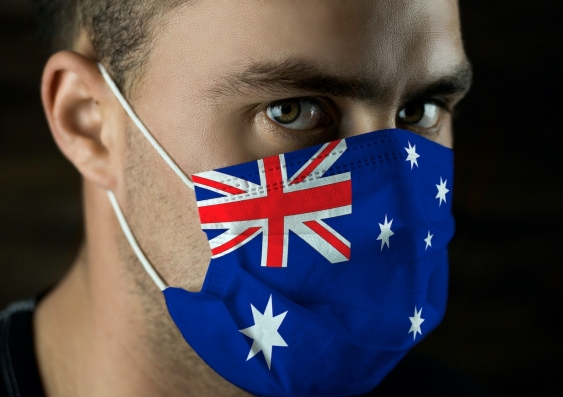Who has been hit hardest by the COVID-19 pandemic in Australia?
Research from the UNSW Sydney and ACOSS Poverty and Inequality Partnership looks at income support payments pre-pandemic to the present.
Research from the UNSW Sydney and ACOSS Poverty and Inequality Partnership looks at income support payments pre-pandemic to the present.

Estelle Jones
Kirby Institute Communications Officer
+61 (02) 9385 9987
e.jones@kirby.unsw.edu.au
A report released by the UNSW Sydney and ACOSS Poverty and Inequality Partnership reveals the deepest, most enduring economic damage of the COVID-19 pandemic has been felt in lower income areas across Australia. The same areas – outer north-west and south-east Melbourne, west and south-west Sydney, northern Adelaide, far North Queensland and regions between Brisbane and the NSW border – are also impacted by cuts to economic support in 2021.
The COVID income support report looks at the changes in the number of people relying on income support payments between September 2019 and September 2021. Using a series of interactive maps, it compares data for federal electorates across Australia over the two-year period.
The report and accompanying maps provide the first geographic snapshot of people on income support payments who also received COVID-specific income support during the first wave of the pandemic in 2020. It also shows those on the lowest income support payments during the 2021 second wave, many of whom haven’t received additional COVID income support.
“This new research shows that the greatest overall increase in people relying on the lowest income support payments from September 2019 to September 2021 were in economically disadvantaged communities. These communities already faced high unemployment, as well as myriad other challenges. Let’s give them the chance to recover from the pandemic, rather than push them further into poverty,” said Professor Carla Treloar, Director of the Social Policy Research Centre (SPRC) at UNSW.
“Just because someone has the bad luck to live or work in a community affected by another wave of lockdowns, they have been locked into poverty. Those people and families affected the most will find it incredibly difficult to reconstruct their lives.”
Read more: New report: COVID-19 widens Australia's stark health income gap
Dr Cassandra Goldie, ACOSS CEO, said this research paints a dire picture for those people and communities who have been left with inadequate support in 2021.
“Unless we improve support now, income and social divides will fester across our major cities and outer urban areas.
“In 2020, we showed we could respond to adversity with cooperation, by providing economic security to the vast majority. Last year, average incomes actually rose, despite the deepest recession in almost a century.
“But this year is a starkly different story. COVID has left a scorched economic path, particularly in areas that were more disadvantaged pre-pandemic. In so many communities, we are leaving people behind. In 2021, the Disaster Payments left gaping holes. Those who lost employment or paid hours a week before or after a lockdown have received nothing beyond the existing grossly inadequate income support payments, such as the $45 a day JobSeeker payment,” Dr Goldie said.
The COVID income support report with accompanying maps is the first of the UNSW and ACOSS Poverty and Inequality Partnership’s COVID-19 Building Back Fairer series. The series aims to helps us understand the different aspects of change and who is affected most by the pandemic. It draws together data on the impacts of the COVID-19 recession on income support, employment, inequality, wealth and regions.